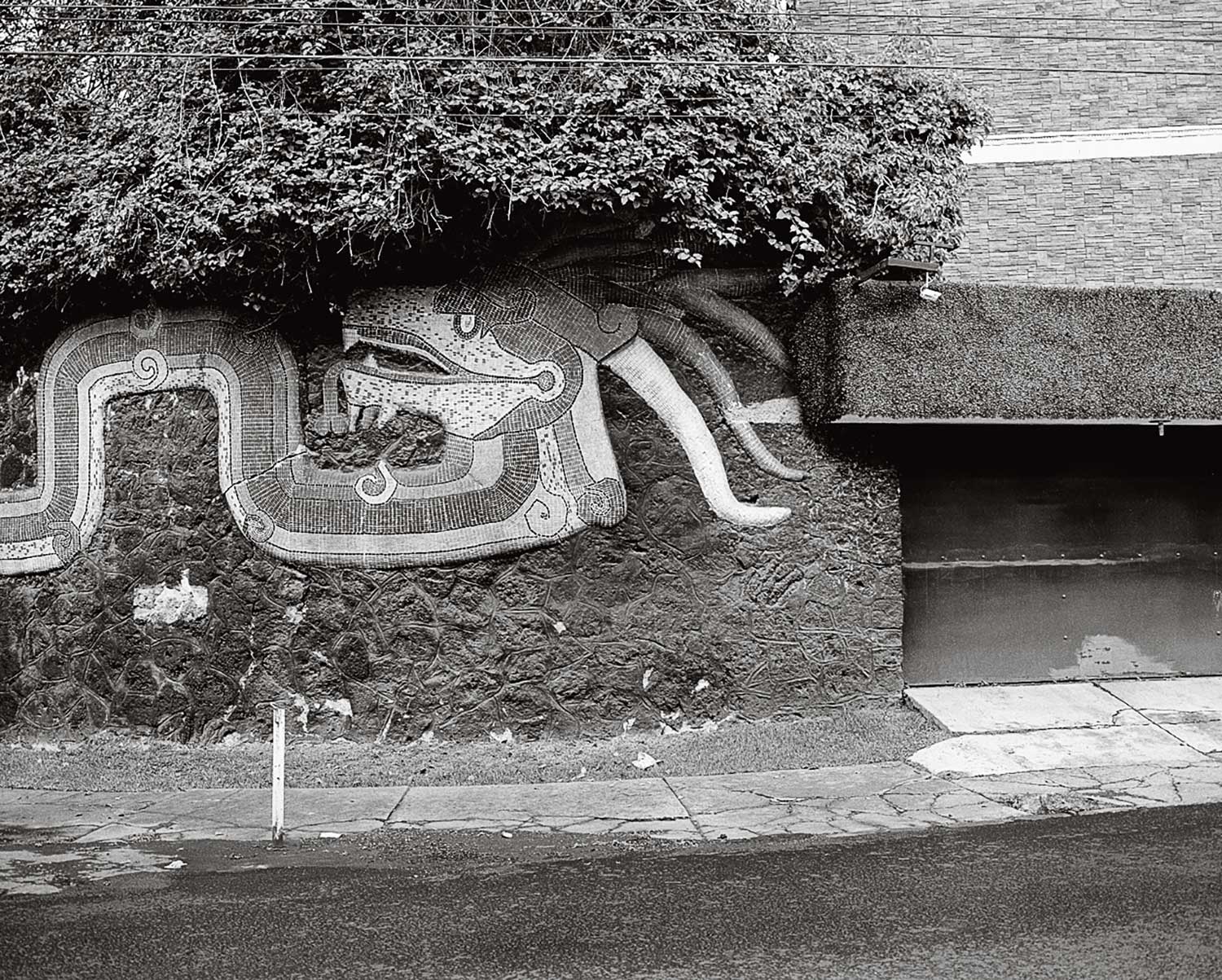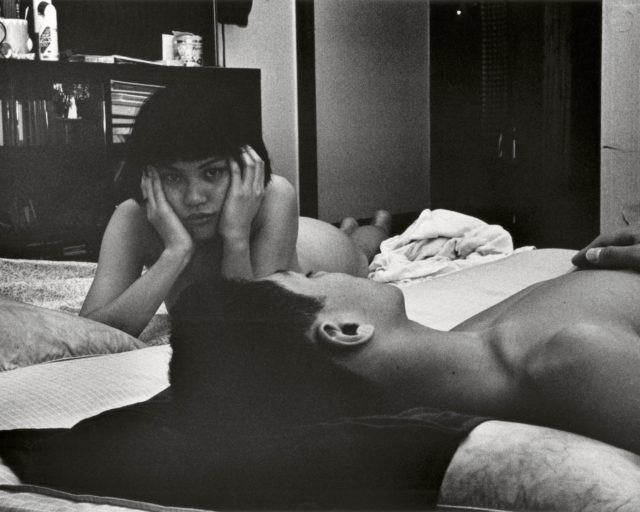An Index of Mexico City’s Skin
The first time I saw an image by Pablo López Luz, I thought that his work dealt with the problem of abstraction in photography. To register the mineral-infused waves of the volcanic-rock walls of Mexico City, in his series Piedra Volcánica (2018–19), seemed, at first impression, like a meditation on layers of texture and tone. It was not until I saw his pictures with fragments of the city’s detritus—the bumper of a parked car, bird shit, a piece of a lamppost, regular trash that I understood the artist’s approach to be exactly the opposite: to make an index of Mexico City’s skin.
Skin is the most obvious and most mysterious of our organs: it’s a liminal fortress, our concrete connection to the world, the moving map that defines a self, the codex in which whatever beauty we may have interacts with marks of past pains. The Mexican author Margo Glantz has written that the fundamental document with which the generation of the conquistadors claimed the land of the Americas as property was their skin: the scars of past combats were the only inscriptions left of a confusing moment of which nobody else could give testimony.

Courtesy the artist

Courtesy the artist
Piedra Volcánica gives an organizing principle to López Luz’s work and is characterized by the presence of walls rising from the original chaos of untamed volcanic basalt rock. The flow of the stone locked between the sidewalk’s cement and the wall provides a means for a meditation on the ancient origins of Mexico City and its amazing persistence: an almost-seven-hundred-year-old town that has gone through innumerable invasions, earthquakes, bombings, and floods, yet always returns as a stronger and more brilliant version of itself. The unpolished basalt functions as the register of a past whose grammar we stopped processing long ago, but which keeps boiling in the collective unconscious, as our cultural peculiarity, as an open question about how the world would look if the Aztecs had won the war.
After years of working throughout Latin America, in 2018, López Luz returned to Mexico City his hometown, and mine—where, the same year, Museo Experimental El Eco commissioned him to make a series of pictures loosely related to the museum’s building, designed by the neo-Mexicanist architect Mathias Goeritz. López Luz started the project by documenting the volcanic-stone surfaces of pre-Hispanic and colonial temples, but soon the material of those constructions became the true subject of his research. Expanding on that formalist quest, he began to photograph the lava valleys left by the Paricutín and Xitle volcanoes, as well as the basaltic modernist architecture of neighborhoods such as El Pedregal or Ciudad Universitaria.

Courtesy the artist
There is something uncanny about the photographer rediscovering an intimacy with Mexico City after a long absence by studying the persistence of basalt as a construction material in the metropolis’s skin. I grew up on top of the same lava mantle: knees and elbows endlessly scratched by stone walls so treacherous that a soccer ball can be ripped if bounced in the wrong place. The danger of those rocks is not limited to their rough edges: in Mexico City you always have to roll over a stone with your shoe before picking it up because scorpions tend to nest there. But that volcanic skin, like the city itself, is tough and hospitable at the same time: there is that chill in the shadow cast by a basalt wall, its smell when it rains, the beautiful ways in which the bravest of seeds extend their roots and embrace the rock to flourish, letting us remember that no matter how hard the stone waves are, our skin is still the mark of our persistent individuality.
Read more from Aperture issue 236, “Mexico City,” or subscribe to Aperture and never miss an issue.
Click here to collect works from Aperture’s “Mexico City” issue today.
(Visita gatopardo.com para leer este artículo en español.)


























